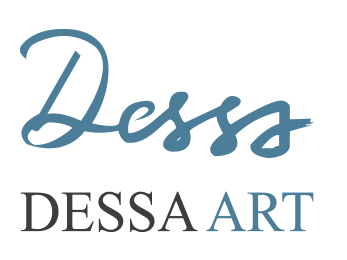Collages
Collage allows my imagination to play with combinations of materials such as paper, cloth and stones with pencil and paint. All the elements and images brought into the collage previously existed in separate places. They are unified into one visual piece but not at random. Each piece is carefully positioned. This unification of diversity corresponds to my outlook and philosophy on life, i.e. combining rather than separating, bringing people and cultures together.
More ...
The process is so interesting and challenging. A lot of research is necessary, for factual information and visual images in libraries, antiques bookstores and markets. Then copies must be made and my own drawings prepared. All images must be cut, pasted and combined to form a unified creation. Many aesthetic judgements are made, concerning the suitable size, colour and form needed to transmit the idea or emotion.
I have adapted the process to the different work cycles; those intended for education and transmission and those for musical collages into which I can insert the composer’s notes and handwriting, bringing a personal touch of the composer into the art work.
A very different type of collage I do is of figures either on a stage (a series I called “Mise en scène” (Stage Scenery), or imagined figures, such as refugees, moving together which are part of my work cycle on Alice Salomon. The process is long, as the figures are slowly structured from paper, layer by layer, on a board.
Mitte Museum | DESSA: Kaufhaus Nathan Israel 1815 – 1939
Eine Künstlerin erforscht Geschichte
The history of the N. Israel department store, once located in old Berlin opposite the Red City Hall, has been a theme in the artistic work of DESSA – Deborah Sharon Abeles for years. Founded by Nathan Israel in the Jüdenstraße, the company soon expanded and moved to Spandauer Straße.
Read more Mitte Museum
More ...
Around the turn of the century, the representative building by the architect Ludwig Engel was erected here, and was gradually extended. In family ownership for four generations, the flourishing company had to be sold in 1939 and the family had to leave Germany. The building complex was destroyed during the Second World War.
The N. Israel department store was distinguished by its commitment to its employees. Their own health and old-age insurance made provisions for the employees, clubs offered them leisure activities, and lectures and courses gave them the opportunity for further training.
In 1925 the company opened the first private Commercial School of Germany to train the personnel themselves. Social responsibility and public spirit of the owners went beyond company concerns.
Remarkable is the work of Wilfrid Israel, who resolutely opposed the National Socialists’ demand to dismiss Jewish employees. After his emigration he organized the escape of Jews living in Germany.
One of the yearbooks published by the department store inspired DESSA to pay her first homage to the philanthropy of the department store owners. For their 200th anniversary, a new series of paintings entitled “Stones-of-Pride” was created. DESSA’s intense involvement with the life and work of the Israel family is rooted in her own Jewish family history. For the first time her works are now being shown in Berlin in the context of a museum’s examination of history.
Japanese series
During a visit to a factory which produces very thin paper from gold, in Kanazawa, Japan, I had the idea of incorporating the paper into collages inspired by my visit to Japan. I called these collages “Japanese series”























